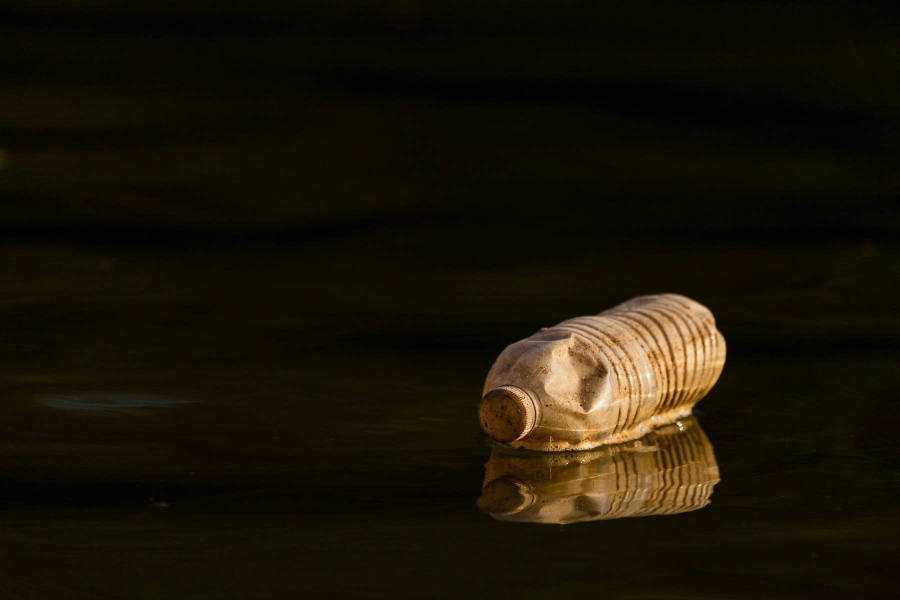Keeping microplastics out of the Bay

Microplastics, considered less than five millimeters in size (smaller than a grain of rice), come in many different shapes and forms, from various sources. Most often, they come from pieces of larger plastic litter—food wrappers, water bottles, take-out containers and more—ending up in the Bay by washing away from land and are broken down by the sun’s energy into smaller and smaller pieces over time.
Microplastics even come from our clothes. Fibers, the shreds of fabric coming off clothes made from fabrics like polyester, nylon, acrylic and other synthetic fabrics, are an extremely common form of microplastics. In fact, the U.S. Geological Survey sampled sites in the Chesapeake watershed and found that microfibers were the most abundant type of microplastic.
Understanding where microplastics are coming from can help inform solutions to slow down the stream of plastics from land entering the Bay.
For example, surveys of the Anacostia River by the Metropolitan Washington Council of Governments showed that plastic bags are frequently collected in trash traps. In response, Washington, D.C., implemented a five-cent plastic bag tax. Since the Bag Law went into effect in 2009, rates of plastic bags picked up by volunteers have declined and enough revenue has been generated to create the Anacostia River Clean Up and Protection Fund. The Alice Ferguson Foundation reports a 72% reduction in the number of plastic bags picked up during their clean-up events.
Why are microplastics bad?
Microplastics exacerbate other stressors to the Chesapeake Bay ecosystem, making restoration efforts more difficult. For example, on top of the many issues facing living resources, such as low oxygen levels and changing temperatures, a gut full of microplastics is just one more challenge for fish or birds to overcome.
A recent report by our Scientific and Technical Advisory Committee found that microplastics accumulate around underwater grass beds more than open water. Experts worry that fish are exposed to more plastic-filled habitats in areas where they go to feed and hide from predators.
They also increase the risk of disease. Research conducted at Old Dominion University showed that biofilms (thin layers of microorganisms) on microplastics can carry three different species of Vibrio—an infectious bacteria with human health risks.
How can you help?
Remember that plastic becomes microplastic, and taking control of your trash is a great place to start.
Reduce comes first in the three “R’s”—reduce, reuse, recycle—so remember to reduce your plastic consumption by:
- Buying clothes made of natural fibers like cotton, linen, wool, silk or hemp.
- Skipping straws, plastic take-out containers and utensils.
- Bringing your own reusable water bottle and to-go cup.
- Carrying a reusable shopping bag.
- Choosing household products with less packaging.
You can also go above and beyond by following our green tips.
How are you reducing your plastic use? Let us know in the comments.

Comments
There are no comments.
Thank you!
Your comment has been received. Before it can be published, the comment will be reviewed by our team to ensure it adheres with our rules of engagement.
Back to recent stories